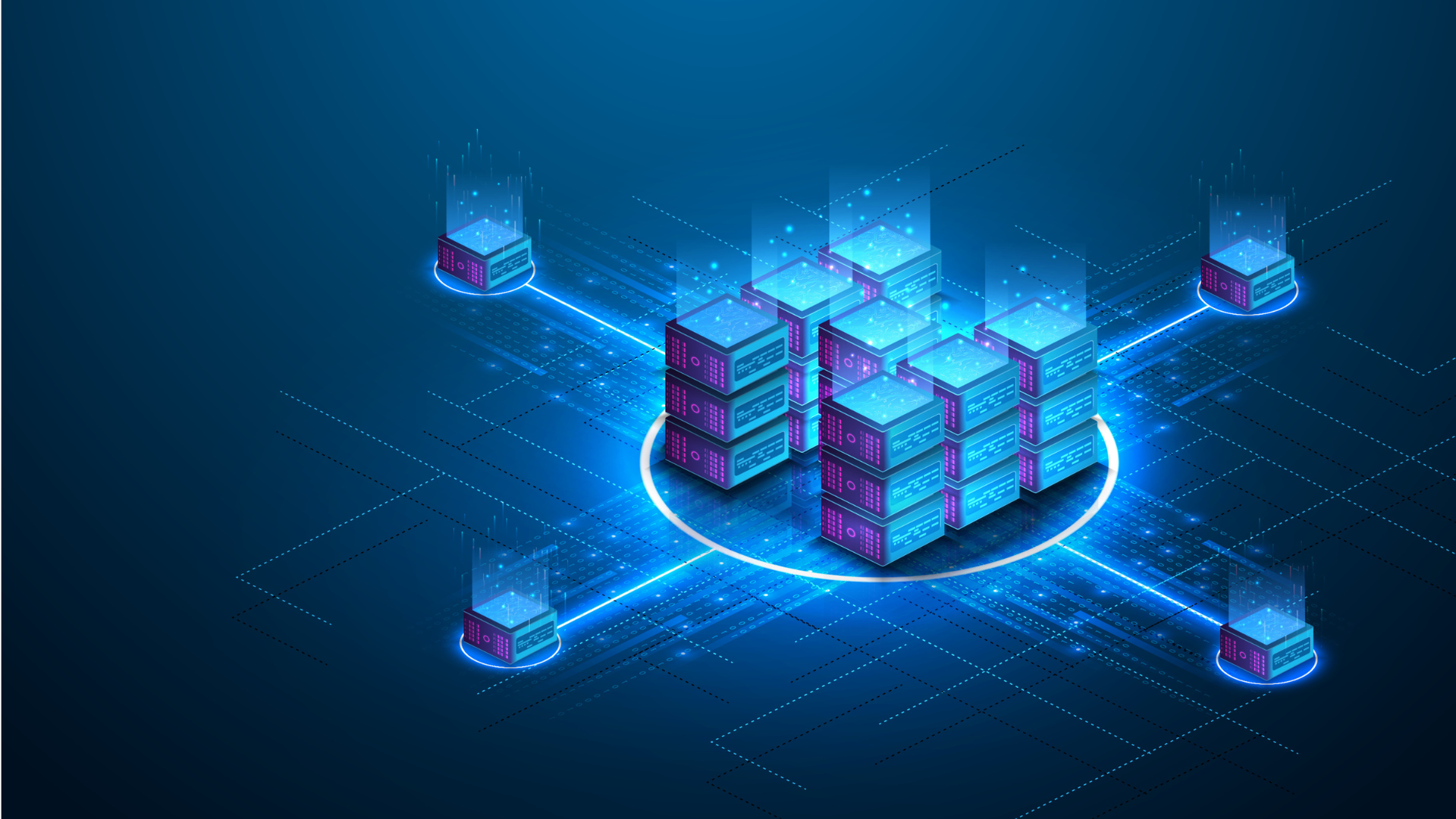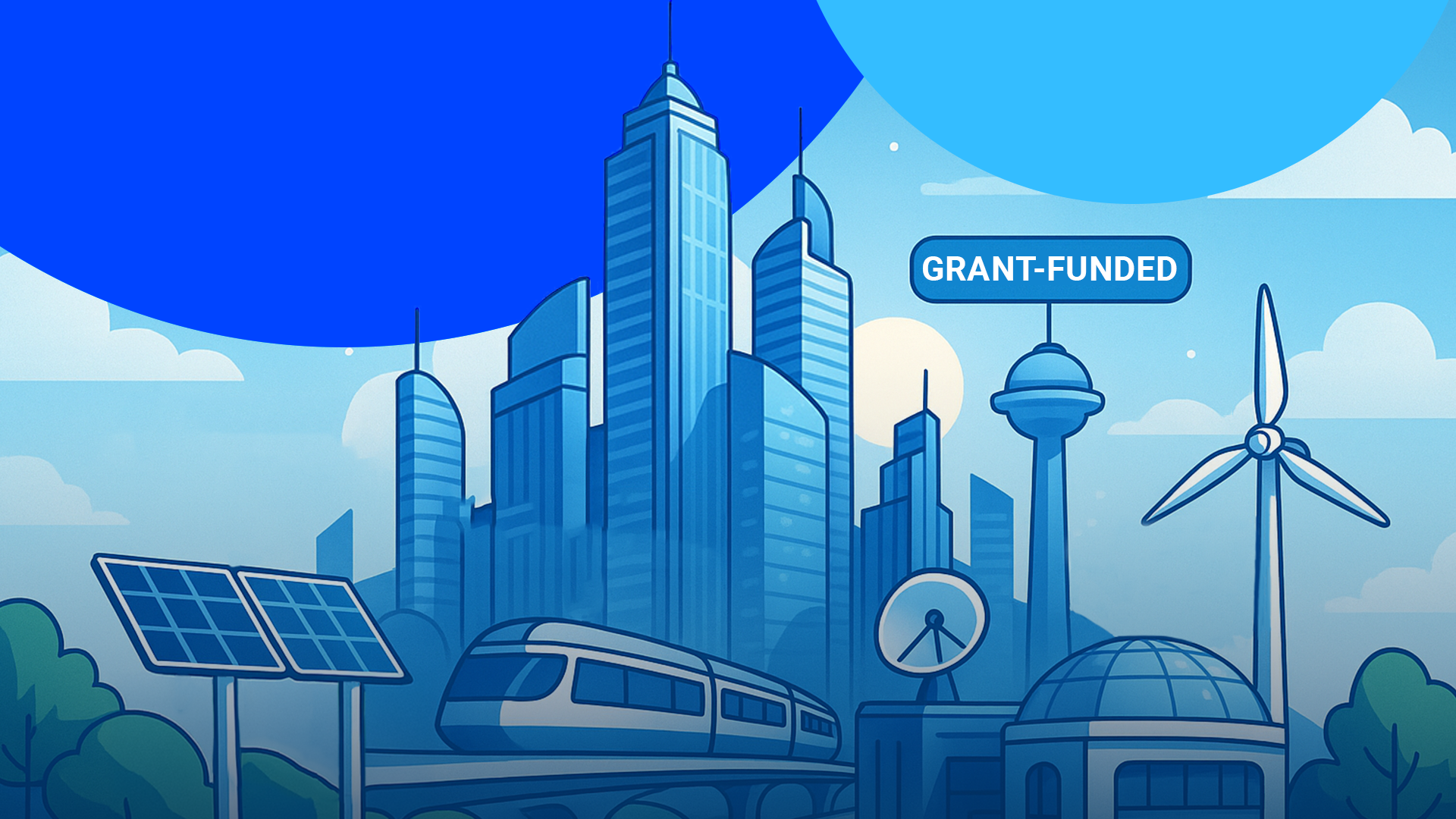Containerization is the packaging of software code in which all of the components of an application are bundled into a single container image that runs consistently on any infrastructure. A container is a portable computing environment. More portable and resource-efficient than virtual machines (VMs), containers have become the de facto compute units of modern cloud-native applications because they are isolated and have carefully restricted access to system resources.
Containerization allows developers to create and deploy applications faster and more securely. With traditional methods, code is developed in a specific computing environment which, when transferred to a new location, often results in bugs and errors. For example, when a developer transfers code from a desktop computer to a VM. Containerization eliminates this problem by bundling the application code together with the related configuration files, libraries, and dependencies required for it to run. This single package of software or “container” is abstracted away from the host operating system, and hence, it stands alone and becomes portable—able to run across any platform or cloud, free of issues.
It was predicted that by 2022 over 75% of global organizations will be running containerized applications (Gartner, 2020). Containers are often referred to as “lightweight,” meaning they share the machine’s operating system kernel and do not require the overhead of associating an operating system within each application. Containers are inherently smaller in capacity than a VM and require less start-up time, allowing far more containers to run on the same compute capacity as a single VM. This drives higher server efficiencies and, in turn, reduces server and licensing costs.
Containers and Their Benefits
Containerization offers significant benefits to developers and development teams. Among these are the following advantages:
• Agility – to optimize industry standard container best practices so software developers can continue using Agile and DevSecOps tools and processes for rapid application development and enhancement.
• Efficiency – to provide higher server efficiencies at a lower cost by optimizing fewer resource consumption for operation systems (OS), licensing, servers, and infrastructure.
• Portability – to run virtually anywhere, on various systems, and consistently across any platform or cloud.
• Scalability – to automate installations and ease of management to roll out new versions of applications, and provide monitoring, logging and debugging to optimize containerized workloads and services.
• Security – to isolate applications prevents the invasion of malicious code from affecting other containers or the host system.
• Speed – to focus on updating specific areas of an application without impacting it as a whole, resulting in faster development, testing, and deployment.
• Tolerability – to build fault-tolerant applications that development teams can identify and correct any technical issues within one container without any downtime in another.
Microservices and Containers
Federal agencies are embracing microservices as a superior approach to application development and management, compared to earlier monolithic models. With microservices, a complex application is broken up into a series of smaller, more specialized services, each with its own database. Using microservices, development teams can focus on application architecture and deployment, rather than worrying about the underlying infrastructure
Microservices are software development architectures that optimize containerization deployment practices that essentially transform applications into bundles of smaller services or components which are portable, scalable, efficient, and tolerable. The two work well when used together. Containers provide a encapsulation of any application, whether it is monolithic or a modular microservice. A microservice, developed within a container provides security, speed, and agility.
Helping Federal Agencies Modernize
Containers provide agencies with numerous benefits like those listed above. Government has the unique opportunity to modernize its legacy applications and develop new ones to take advantage of the cloud. Containers make it easier for agencies to deploy applications more quickly – freeing up developers from tedious tasks so they can focus on application deployment. Since a container can be created once and used multiple times without additional effort, agencies can also do cloud-native development more efficiently by enabling containers to build apps that can scale up or down to meet demand.
The Path Ahead
Today government is rapidly moving to the cloud where users can develop applications quickly and efficiently. Cloud-native applications and data are accessible from any internet-connected device, allowing teams to work remotely and on the go.
Containers, microservices, and cloud-native applications are working together to bring application development and delivery to new levels not possible with traditional methodologies and environments. These next-generation approaches add agility, efficiency, reliability, and security to the software development lifecycle – all of which lead to faster delivery of applications and enhancements to end users and the market.
Contact REI Systems to gain the competitive edge across your enterprise. Visit us at REI Systems.com




